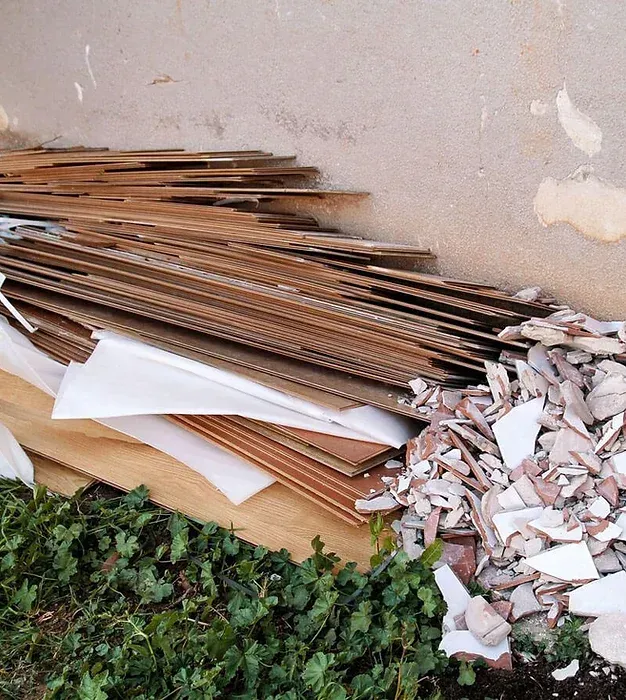Construction Debris Removal.
Clean Slate Hauling And Junk Removal offers construction waste removal services right here in your community!
How Concrete Removal Works
Full-Service Construction Debris Removal
Clean Slate Hauling And Junk Removal is your go-to full-service
construction debris removal solution. Whether you’re handling demolition, renovation, or new construction, leave the cleanup to us! We’ll start by loading all the waste into our truck, then gather and sweep up any loose debris. Finally, we’ll haul everything away for proper disposal. All you need to do is choose Clean Slate Hauling And Junk Removal, and we’ll take care of the rest!












